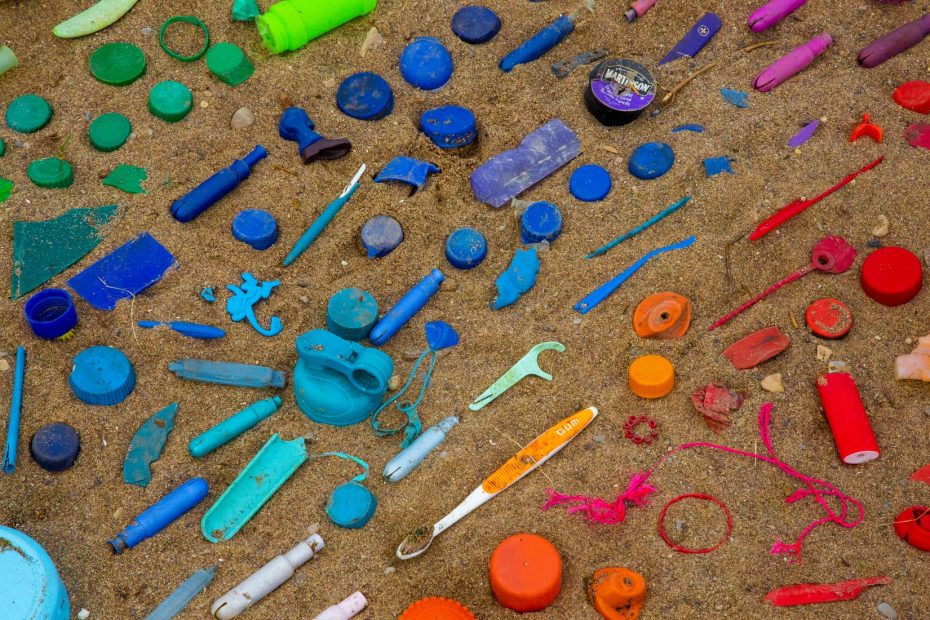A beach clean-up is essentially a volunteer activity among concerned citizens that takes place regularly along coastlines around the world. People pitch in to collect beach trash to make the beach a nicer and safer place for everyone. Cleaning the beach also improves the coastal and ocean ecosystem by making sure that none of the trash kills marine life or is toxic enough to disrupt the marine life cycle.
A beach clean-up is also an opportunity to gather fresh data about the state of our coasts and the types of trash that pollutes them. By identifying the most harmful debris items, environmental groups can find ways to stop them from entering the ocean or being littered again in beaches.
For example, the world’s largest clean–up effort has accumulated a lot of data over the years to show that plastic straws are among the most common debris found in the trash collected. Plastic straw is deadly for birds because they often mistake it for food and ingest it. The straw ends up choking them to death or clogging their intestines, so they die from starvation.
Ocean Conservancy then launched a challenge for ocean lovers to stop using straw. More than 25,000 people have taken the challenge leading to more than 5 million plastic straws from potentially ending up in the ocean or the landfill.

